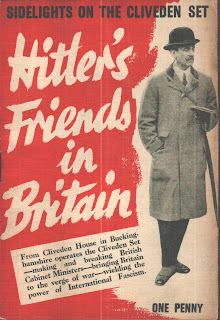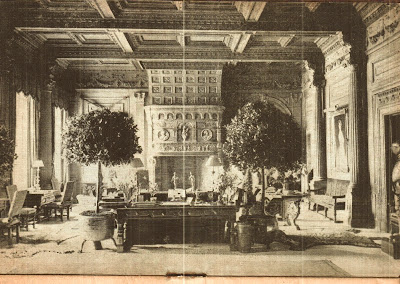Sent in by top jotter Robin Healey who asked me to post this on Holocaust Memorial Day.

Dilapidated training buildings left over from the First World War, on a site just outside Sandwich in Kent, were requisitioned early in 1939 to accommodate thousands of Jewish male refugees fleeing from Hitler. The operation, financed by the Balfour Fund, was designed to give these refugees—who ranged from skilled manual workers to University professors—the chance to train for a new life outside continental Europe. Within a few weeks of the camp opening for business, a magazine, the Kitchener Camp Review had been established to publish the opinions, life stories and impressions of these refugees from Nazi oppression.
I own a full run (nine issues) of this exceedingly scarce publication, which rarely ran to more than eighteen, sometimes very feint, pages, which were mimeographed on good quality foolscap, and stapled to a printed cover of light crimson coloured paper. Although almost all inmates were German speakers, the journal was published in English, principally because the editor, Phineas L.May, wanted to encourage the refugees to be fluent in the language. So, he either published a translation of the contributions, or occasionally invited those with good English to write in the language of their adopted country without editorial intervention. When we consider how good the language skills were of a refugee like Nikolaus Pevsner, who had fled Germany years before, we should assume that the English of some of his fellow, highly educated, Jewish compatriots at the Camp, probably needed very little correcting. Indeed many of those who wrote for the Review, had previously held high academic posts in Germany, and after the War went on, like Pevsner himself, to pursue illustrious careers in the English speaking world. Indeed, I have reasons to suspect that one of these academics, a geophysicist, was the father of an old girlfriend of mine.
Continue reading




